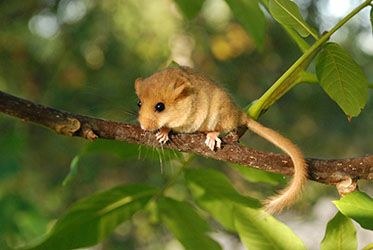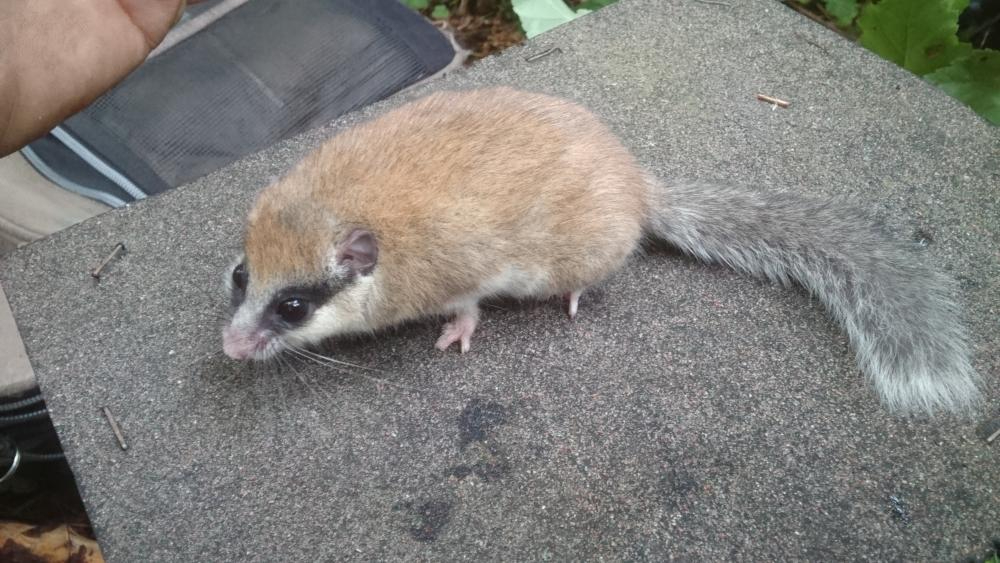In July of this year, the LSFRI "Silava" has launched a Special monitoring program for the forest dormouse (Dryomys nitedula) and the common dormouse (Muscardinus avellanarius), which will continue till 2027.
The aim of the monitoring is to provide scientifically based and regular information on the distribution, population dynamics, and habitat quality of these two rare and strictly protected rodent species. The collected data will also be crucial for reporting to the European Union under Article 17 of the Habitats Directive. Both species are strictly protected under Latvian legislation as well as Annex IV of the EU Habitats Directive (92/43/EEC), which requires regular monitoring and reporting on species population status, distribution, and habitat quality every six years.
About the species and their distribution:
The forest dormouse is very rare in Latvia, with the known population located in the Silene area near the border with Belarus.
The common dormouse is more frequently found, mainly in the regions of Kurzeme, Zemgale, and Sēlija.
Both species are nocturnal, remaining hidden during the day and becoming active at night. They hibernate from autumn to spring.
Key research activities include:
- Population surveys and habitat mapping in known and potential distribution areas of both species;
- DNA analysis and application of molecular genetic methods, particularly to assess the genetic diversity of the forest dormouse population;
- Nest box monitoring in standardized sampling plots – with occupancy checked at least twice per season, along with maintenance and relocation or replacement when necessary;
- Clarification of common dormouse distribution within the 10 × 10 km grid framework used by the European Environment Agency, especially in areas lacking recent observation data;
- Preparation of recommendations for conservation and management actions, as well as measures to mitigate negative impacts.
The monitoring project is planned to last for 36 months.
This monitoring is a vital contribution to the protection of Latvia's biodiversity and the development of national nature policy, providing an evidence-based approach to the conservation of rare species.

(Photo: V. Pilāts)

(Photo: D. Pilāte)